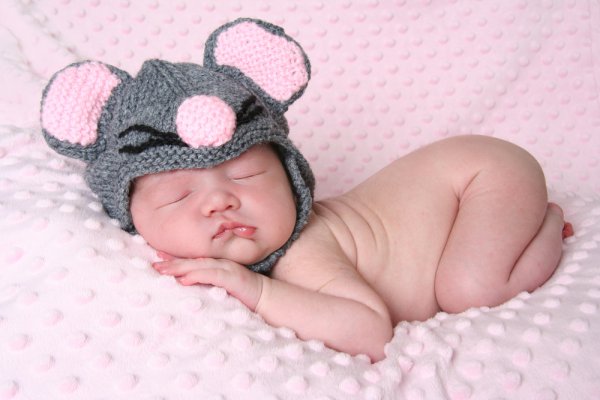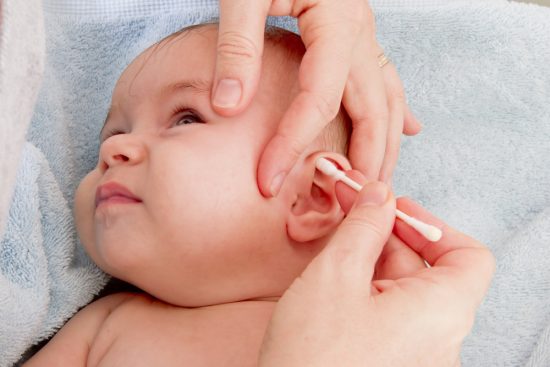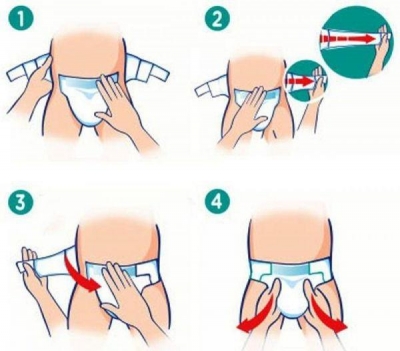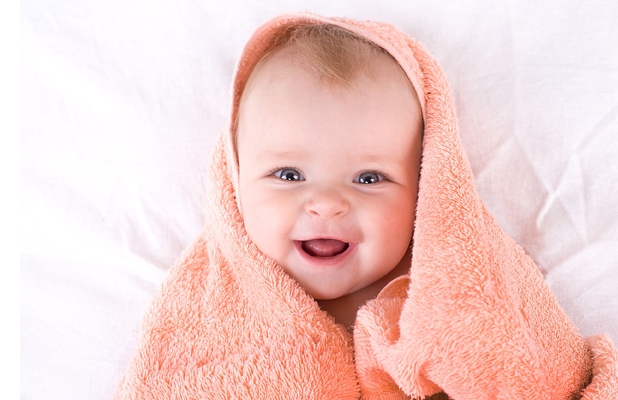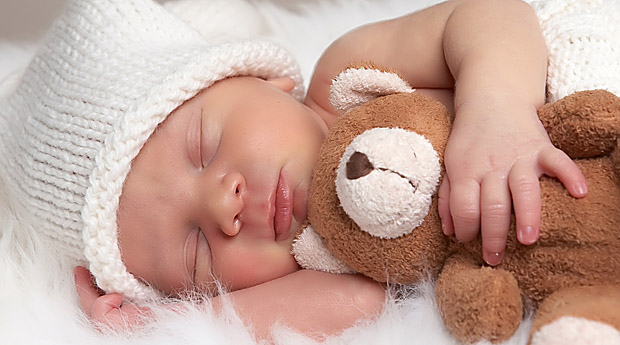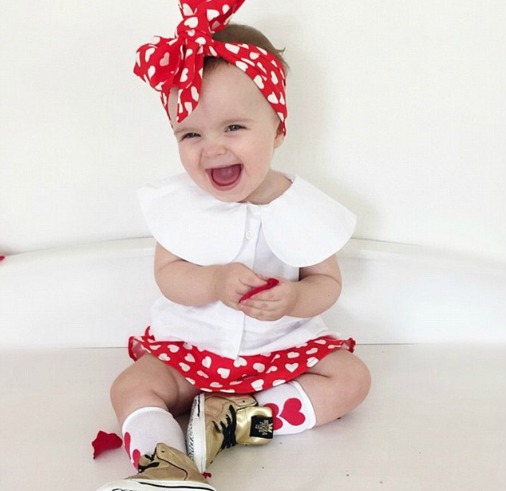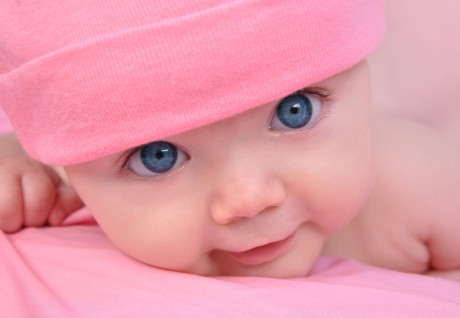Content
- What clothes to buy for a newborn baby
- First-aid kit for a newborn baby: what to buy
- What to buy in the hospital for a young mother
- Morning toilet: wash my eyes, clean the nose of the baby
- How to wear a baby diaper
- How to feed a newborn baby
- How to wash a newborn baby
- How to put your baby to sleep
- What to do if the baby spits up
- What to do if a baby sucks a finger
- How to handle a baby so as not to scare him
- What to do if there is irritation in the baby
Moms who gave birth to their first child are sometimes in terrible confusion: preparing for the appearance of the baby and caring for it raise so many questions that you simply don’t know where to run and what to do. There is no need for anxiety and despair, because there are enough reasons for worries among newly-minted parents. This article contains the main rules and tips for caring for a newborn, so it can be safely used as an instruction on all matters of concern to parents.
What clothes to buy for a newborn baby
There is a superstition that it is impossible to buy something for an unborn child, so some mothers do not specially prepare clothes and a bed for children. These are just prejudices. It is a real pleasure for future parents and all relatives to go shopping, choosing tiny hats and vests. Preparing a “dowry” for a future mother helps to tune in to early motherhood. In addition, when the baby is born, there will be such a flurry that it will be simply impossible to choose, wash and put things in piles for the baby. So, what needs to be prepared for the appearance of crumbs in the light:
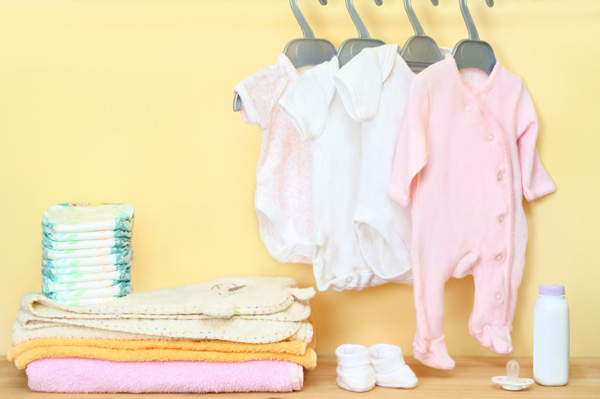
Diapers (In total, they will need about 20-25. The ratio of thin and warm diapers is determined based on what time of the year the baby will be born. By the way, knitted diapers are very convenient: they are very soft, stretch well and fit the body).
Blouses or body (Baby’s undershirts without a fastener are no longer relevant, since they are not convenient. It is best to buy a few blouses on a button or ties and several body).
Jumpsuit (A warm jumpsuit for the first time is enough for one, but you can buy a few thin ones).
Hats (The most convenient is knitted hats without ties. 2 thin and one warm are enough).
Socks (Soft knitted socks come in handy even in the warm season. You can safely buy 4-5 pairs).
Warm wool blanket.
Bike blanket or plaid.
Some purchases can be left for later and, if necessary, entrusted to their grandmothers. These include, for example, mittens – anti-scratches. Not all children resist cutting their nails, so mittens may not be useful. Another purchase from this series is a pillow. Babies up to a year can sleep without a pillow, using a folded diaper instead.
First-aid kit for a newborn baby: what to buy
Baby oil for processing folds, baby cream;
Pipette, hydrogen peroxide, antiseptic for the treatment of umbilical wounds;
Zinc ointment for rash and diaper rash;
Herbs for swimming, potassium permanganate;
Vent pipe, hot-water bottle with cherry pits, carminative drugs in case of colic;
Wet wipes, cotton pads, sterile cotton wool, nose cleaner – for hygiene.
Antipyretic (better in suppositories), antihistamine.
Absorbent diapers and diapers for newborns.
According to the situation, it will be possible to buy a cream under the diaper, powder.

What to buy in the hospital for a young mother
After discharge from the hospital, mom will also need some things that need to be bought in advance:
Nipple Crack Cream.
Absorbent chest pads.
Comfortable lingerie.
Sanitary pads (either special postpartum or conventional, but with maximum absorption).
Postpartum bandage (for better recovery of abdominal muscles).
Breast pads for feeding (what are they for and why).
Breast pump (how to choose and express).
If everything is ready for the appearance to appear, it is time to understand and master the basic procedures that a young mother will have to perform daily and more than once.
Morning toilet: wash my eyes, clean the nose of the baby
Morning toilet is an analogue of our washing with you. Prepare a small bowl of warm boiled water, cotton pads and sterile cotton wool. We wipe our eyes with cotton pads moistened with water, making movements from the outer edge of the eye to the inner. Then, in each nostril, we instill 1-2 drops of special drops for washing the nose (you can use saline solution). We wait a few minutes until the crusts are slightly soaked. At this time, we twist small flagella out of the fleece and carefully clean the nose with them, making circular movements. You cannot stick the flagellum too deep. We clean the ears with the same flagella. Remember that a newborn child can carry out toilet nose and ears only with cotton flagella. Baby cotton buds with limiters designed for children from 1 year.
In the morning, you must definitely treat the umbilical wound. To do this, drop a few drops of hydrogen peroxide into a wound with a clean pipette. The peroxide begins to foam, separating the crusts and “bringing” them to the surface. We remove these crusts with a clean cotton swab, and then with another stick we apply an antiseptic to the wound.
How to wear a baby diaper
The baby has to change a disposable diaper about 10 times a day: the child should not be in the same diaper for more than 3-4 hours, and in addition, the diaper must be changed every time after the baby has defecated. The second point, moreover, must be performed even at night, because the stool is not absorbed by the diaper and irritates the skin.
Before changing the baby’s diaper, you need to wash it. If he defecated – with soap, if not – with warm water from the tap (if there is no way to wash it, wipe it with wet wipes). If there is irritation, you can apply a cream under the diaper to the skin, if not, just let the skin dry.
Be sure to protect the umbilical wound and make sure that the diaper fastener does not rub it. There are special diapers for newborns who have a notch in the place of the navel. If you use others – bend the edge of the diaper or cover the navel with a piece of sterile bandage.
How to feed a newborn baby
Feed the baby on demand. This means that for any crying and anxiety, the mother offers the baby a chest. The child can be at the chest until he releases it himself. You should not interfere with this process and try to regulate the time of sucking: nature and instincts are “smarter” than our mind, the child himself knows how much and how often he needs to suckle.
How to wash a newborn baby
You need to bathe your baby every day. The temperature of the bathing water should be about 37 degrees, but here it is better to focus on the child: someone behaves calmer in cooler water, someone in warmer.
Boiling water for bathing, as they did before, is now not recommended, but until the umbilical wound has healed, it is better to add manganese to the water – it acts as an antiseptic. The potassium permanganate solution should be pale pink. After wound healing, if there are skin problems – you can bathe your baby in herbs.
For newborns, it is better to use a small bath. On the first baths, you can wrap the baby in a diaper so that he is not afraid of water. You can wash your child with soap and other means 2-3 times a week, and the rest of the time do with water. When bathing, do not forget to wash the head. At the end of swimming for hardening, you can douse your baby’s feet with cool water.
After bathing the baby you need to carefully wrap it in a warm diaper or towel. Head also needs to be covered.
How to put your baby to sleep
Most babies fall asleep precisely with the breast. You can rock the baby in your arms, and then gently shift it into the crib. The experience of mothers shows that it is better to swaddle babies for sleep: so their own movements do not cause them any concern, they are not afraid of their own arms or legs. By the way, it is better for a newborn baby to buy a cradle, not a crib. Limited space is more comfortable for a baby than a spacious bed.
The room before going to bed must be aired. It is believed that the optimum temperature for the room where the baby sleeps is about 20 degrees.
You can’t put the baby to sleep on your back – in a dream, the baby can burp and drown in vomit. So that the baby himself does not roll over on his back, laying him on a barrel, support his back with a small pillow or folded blanket. From time to time, you need to change the pose of the sleeping baby, shifting it from one side to the other. This is necessary so that the bones of the skull do not deform.
What to do if the baby spits up
Baby spits
Regurgitation is a consequence of the underdevelopment of the digestive system and a special children’s mechanism of “struggle” with overeating. As a preventive measure, make sure that the baby correctly grabs the chest (so it does not swallow excess air), and keep it “column” after feeding. In general, regurgitation is not nearly dangerous. Normally, once a day a child can even burp with a “fountain”. If this happens more often and regurgitation lasts longer than 6 months – you need to contact a neurologist
What to do if a baby sucks a finger
Finger sucking is a manifestation of the sucking reflex characteristic of infants. The first thing to do is to offer the baby a chest: perhaps he is hungry. Sucking a finger can be a manifestation of a stressful reaction: the baby sucks to calm down. In any case, this cannot be ignored. Try to understand the cause and eliminate it.
How to handle a baby so as not to scare him
Newborn babies react very specifically to sounds: under the monotonous hum of a vacuum cleaner, the baby can sleep peacefully, but the sharp, loud sounds of the baby are very scary. Surrounding the baby with silence is not necessary at all, but in order to prevent the child from being scared, sharp sounds should be avoided.
In general, all the movements and actions of the mother should be smooth. The baby can be very frightened if, when bathing, he is suddenly immersed in water, or if he is sharply put on a changing table. While the child has not adapted, everything that surrounds him in the “big world” can be alarming, so caution is needed in everything.
What to do if there is irritation in the baby
Almost all mothers face this trouble. Red crusts and severe irritation appear when the baby’s skin is in contact with moisture for a long time.
Irritated skin needs healing and hydration. You do not need to constantly wash your baby with soap with diaper rash: the soap dries the skin very much and only enhances the feeling of discomfort. It is necessary to wash the baby with water, and then lubricate the irritated place with oil or a healing baby cream. It is imperative to arrange air baths, that is, leave the baby just naked, without a diaper and a diaper. When evening swimming, you can use herbs (chamomile, a string) – they also have a healing effect.






